Historical Timeline
First Temple Period
960 - 586 bce
The First Temple period, with divided kingdoms of Judah and Northern Israel
586 bce
Destruction of the First Temple and Jewish exile to Babylonia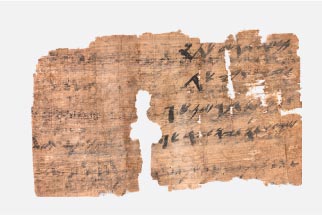
Second Temple Period
Persian Period
539 – 332 bce
539 bce
Persian ruler Cyrus the Great conquers the Babylonian Empire and permits Jews to return to Jerusalem and rebuild their Temple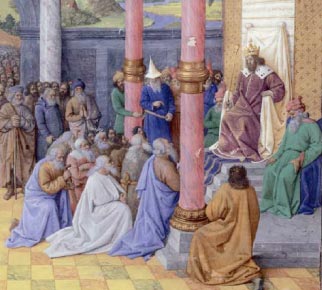

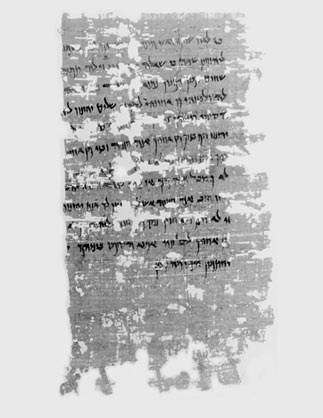
Hellenistic Period
332 – 63 bce
332 bce
332 bce Hellenistic rule.Alexander the Great conquers Judea
323–141 bce
Ptolemaic and Seleucid rulehasmonean period
168 - 164 bce
Maccabean Revolt165 bce
Re-dedication of the Temple. Beginning of Jewish autonomy152-143 bce
Jonathan the Hasmonean, Ruler and High Priest67-63 bce
Civil War between Hyrcanus II and Aristobolus II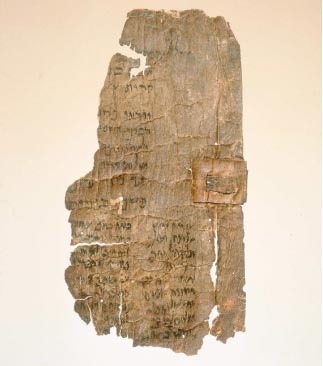
Roman Period
63 bce – 73 ce
63 bce
Roman general Pompey captures Jerusalemherodian period
37–4 bce
Herod, Roman vassal king, rules the Land of Israel4 bce
Romans assume direct administration of Judea4 bce – 40 ce
Lifetime of Jesus of Nazareth66 ce
Jewish revolt against the Romans70 ce
Destruction of Jerusalem and Second Temple73 ce
Judeans' last stand at Masada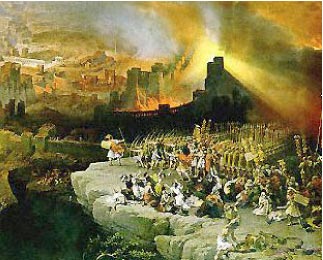
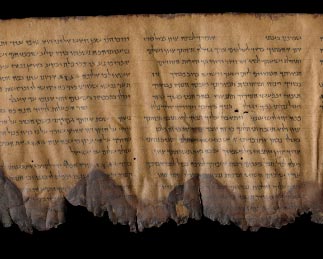
Post Second Temple Period
Roman Period
73 ce – 324 ce
132–135 ce
Bar Kokhba uprising against Rome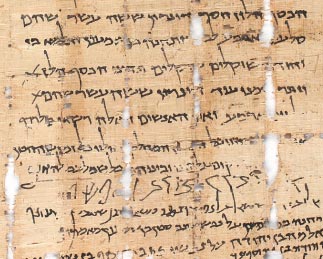
Byzantine Period
324–638 ce
Judea under the rule of the Christian Eastern Roman Empire
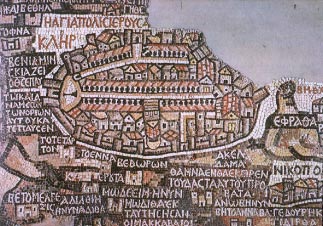
Early Islamic Period
7th–11th centuries ce
Judea incorporated into the Islamic Empire, under a succession of caliphates
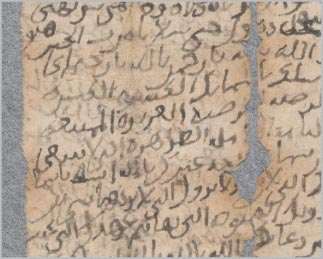
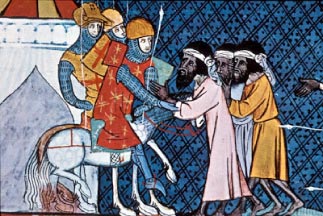
Crusader Period
12th–13th centuries ce
For two centuries, Christian Crusaders from Europe were the dominant power in "the Holy Land"